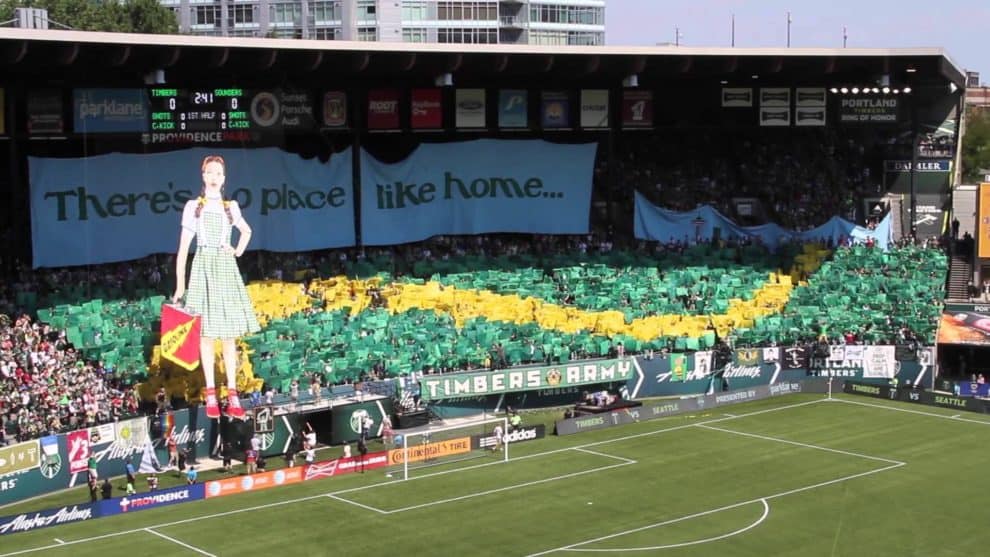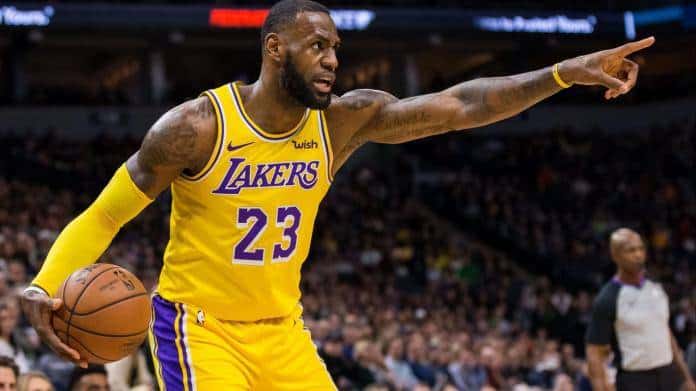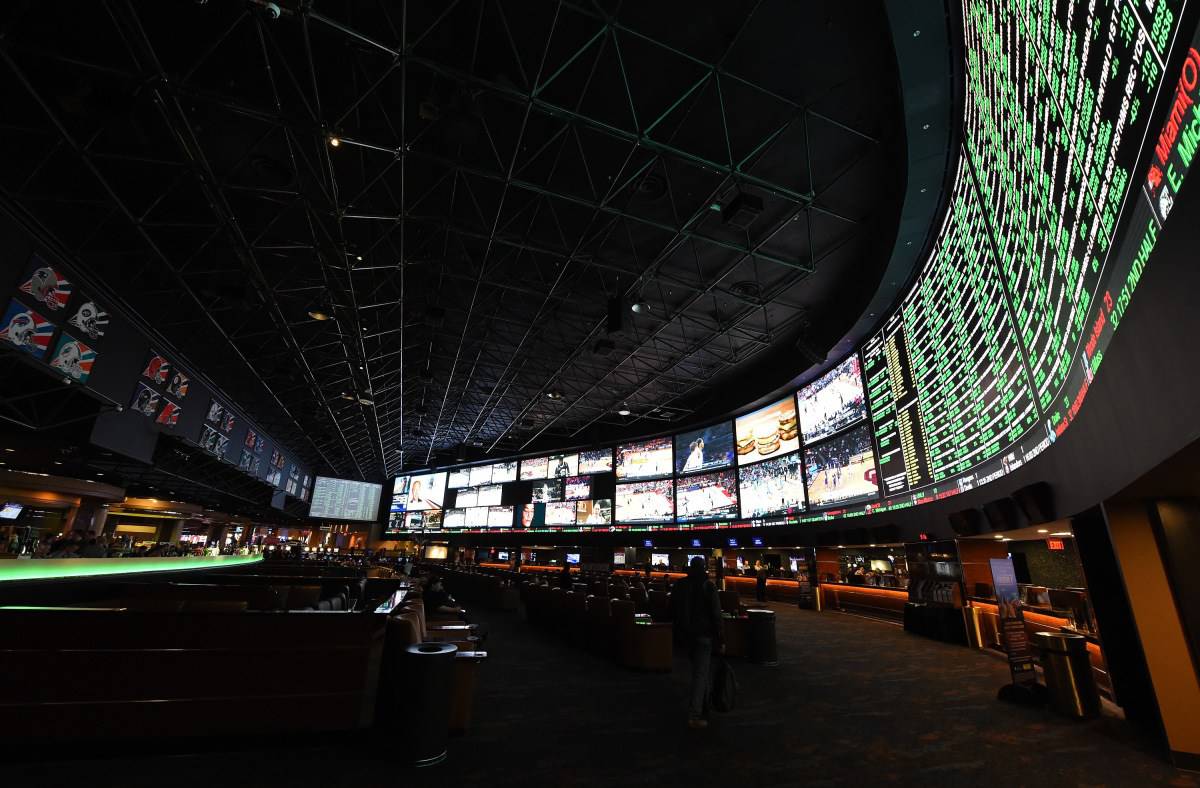
It wasn’t that long ago that ‘professional soccer’ in the United States was a bad joke. It was common to hear mainstream sports media types prattle on about how ‘soccer can’t succeed in the United States’. The old North American Soccer League (NASL) was widely hyped as the ‘sport of the future’. Unfortunately, nobody told the fans. Despite most teams playing in cavernous stadiums designed for NFL Football average attendence for the NASL never exceeded 15,000. The high water mark was in 1980 when an average crowd of 14,440 attended NASL games. There were a few teams that enjoyed box office success–at least for a short time. By 1984, the average attendance had dropped to 10,759 and league membership had dropped to 9 teams. That was for all intents and purposes the end of the NASL. The league tried to survive by co-opting ‘indoor soccer’ which had been pioneered by the Major Indoor Soccer League (MISL) and was moderately popular at the time. It didn’t work.
Major League Soccer (MLS) made many of the same mistakes early on. At it’s nadir, the MLS average attendance was 13,756 (2000) with some teams averaging less than 7,500 per game. By 2002, the league had dropped to just 10 teams and the MLS had lost over $250 million in its first five years of existence. The future looked bleak and at the time no one would have expected the MLS to become one of the unique US professional sports success stories. Two big problems early on–most teams played in stadiums designed for NFL football meaning that even teams that drew reasonably well had the horrible ‘optics’ of a mostly empty stadium. In addition, the MLS had effectively alienate the small but passionate US soccer fan base by trying to “Americanize” the rules in a failed attempt to make the game more ‘exciting’.
To make a long story short, the MLS began to turn around partially due to fiscal belt tightening, partially due to fortuitous timing and partially due to abandoning the concept of ‘Americanizing’ the game. Another big factor didn’t seem like a big deal at the time–in 1999, the Columbus Crew opened the first ‘soccer specific’ stadium which offered not only a much better experience for fans but also a more reasonable capacity of just under 20,000. The fortuitous timing was the improbable performance of the United States in the 2002 World Cup. The US made the quarterfinals, somehow beating Portugal and Mexico in the process. This helped raise soccer’s profile in the US media and piqued renewed interest in ‘football’ as a spectator sport.
Fast forward to 2019 and the league is on solid financial ground with 24 teams and strong demand from cities for expansion franchises. Some teams enjoy insane support. Gameday at Providence Park in Portland–home of the Portland Timbers–is one of the most amazing live sports experiences in the world. Four teams played to 100% capacity or higher in 2017 with over a dozen teams at 90% capacity or higher. The aforementioned Portland Timbers have a waiting list for season tickets. Even more impressive–the waiting list numbers right around 13,000 fans. Portland’s women’s soccer team–the National Women’s Soccer League Portland Thorns–average 17,000 fans per game or more than roughly a third of the teams in the NBA.
The moral of the story? Soccer can work in the United States when its done right. It only took 40 years or so but the MLS has finally figured it out: copy what the European Leagues do as much as possible. MLS Commissioner Don Garber is even open to that ubiquitous element of soccer in England–in person wagering at the stadium.
Here’s the official SPORTS INSIDER odds to win the MLS Cup and team to lead the league in goals scored and goals allowed:
MAJOR LEAGUE SOCCER 2019 SEASON BETTING ODDS
TO WIN 2019 MLS CUP CHAMPIONSHIP
New York Red Bulls +500
Atlanta United +750
Los Angeles Galaxy +750
Los Angeles FC +750
New York City FC +950
Seattle Sounders +1000
Portland Timbers +1000
Sporting Kansas City +1000
Toronto FC +1500
FC Dallas +2000
Philadelphia Union +2000
DC United +2500
Columbus Crew +3500
Chicago Fire +4500
Montreal Impact +5500
Real Salt Lake +5500
Houston Dynamo +6000
FC Cincinnati +7500
Vancouver Whitecaps +7500
New England Revolution +10000
San Jose Earthquakes +10000
Minnesota United +10000
Colorado Rapids +15000
Orlando City +15000
TEAM TO SCORE MOST GOALS IN 2019 MLS SEASON (REGULAR SEASON ONLY)
Atlanta United +350
Los Angeles Galaxy +500
Los Angeles FC +500
Sporting Kansas City +750
DC United +750
New York Red Bulls +750
Toronto FC +750
Houston Dynamo +1000
New York City FC +1000
Real Salt Lake +1500
Vancouver Whitecaps +1500
Seattle Sounders +2000
Portland Timbers +2000
FC Dallas +2500
Philadelphia Union +3500
FC Cincinnati +3500
New England Revolution +5000
San Jose Earthquakes +5000
Minnesota United +7500
Columbus Crew +7500
Chicago Fire +7500
Montreal Impact +10000
Colorado Rapids +12500
Orlando City +12500
TEAM TO ALLOW MOST GOALS IN 2019 MLS SEASON (REGULAR SEASON ONLY)
Orlando City +500
San Jose Earthquakes +500
Minnesota United +500
Vancouver Whitecaps +750
Toronto FC +750
Los Angeles FC +750
Colorado Rapids +1000
Chicago Fire +1500
Real Salt Lake +1500
FC Cincinnati +1500
Houston Dynamo +2500
Los Angeles Galaxy +2500
New England Revolution +2500
Montreal Impact +3500
Philadelphia Union +3500
DC United +3500
Portland Timbers +5000
Columbus Crew +5000
FC Dallas +5000
New York City FC +5000
Sporting Kansas City +5000
Atlanta United +10000
Seattle Sounders +10000
New York Red Bulls +15000









